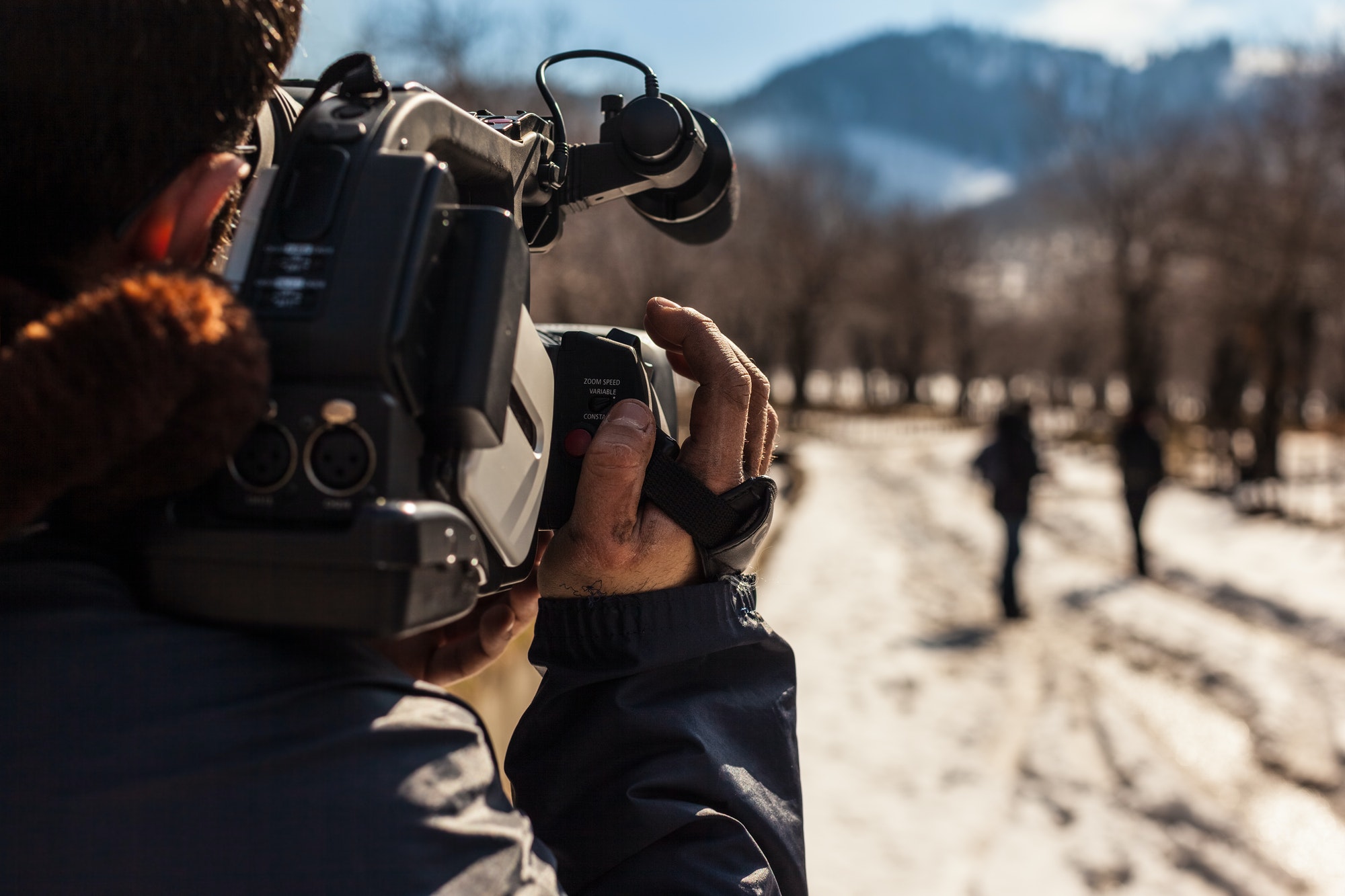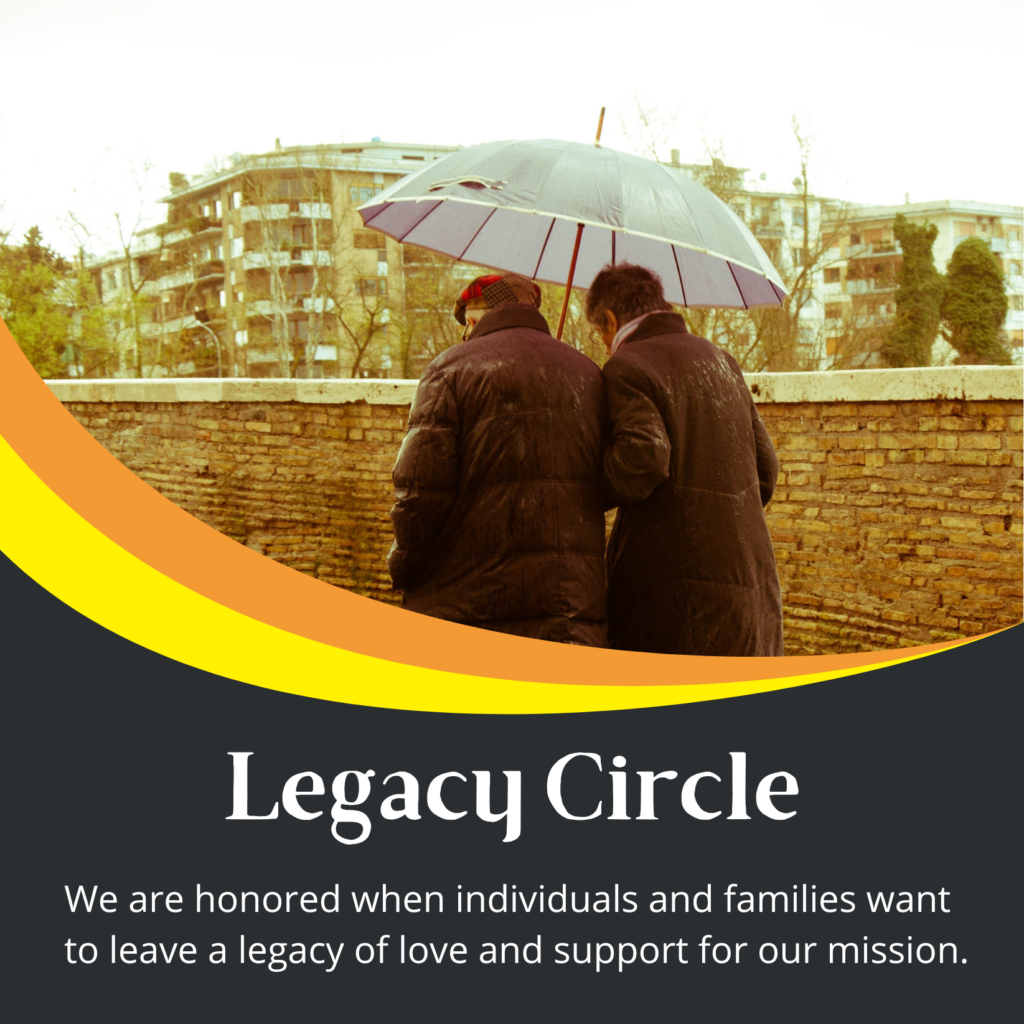Unveiling the Art of Documentary Filmmaking: Elements of a Captivating Narrative
In the realm of cinema, documentaries stand as powerful testaments to reality, offering viewers a lens into worlds both familiar and unknown. In a sense, a documentarian’s job is to make the familiar new again and the unfamiliar seem universal. What distinguishes a remarkable documentary from a forgettable one? Let’s delve into the key elements that constitute a compelling documentary narrative:
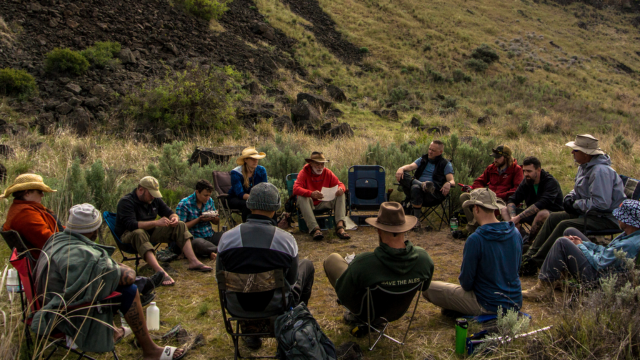
10. Social Impact: The ultimate measure of a documentary’s success lies in its ability to effect change. Whether sparking conversation, raising awareness, or inspiring action, documentaries have the power to shape public discourse and catalyze societal transformation. The trick is to not necessarily wear the messages “on your sleeve.” If you do, you’re more likely to make a didactic film that few people except the already converted will be drawn toward. What passes for issue documentaries to me these days are little more than propaganda. From the left or from the right it may be propaganda you agree with, but then why would you waste your time affirming what you already know?
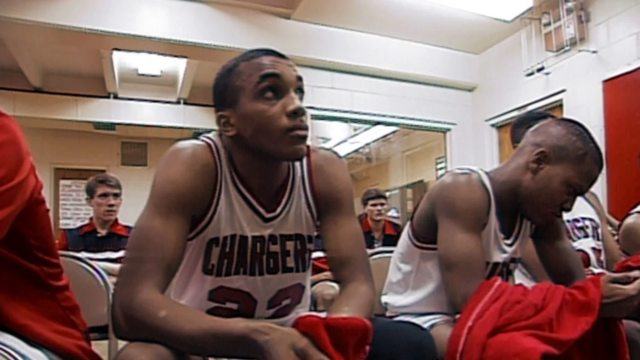
9. Memorable Personalities: Memorable personalities breathe life into a documentary, serving as the human vessels through which stories are told. How much identification do we want or need the audience to have with them? All the quirks of character have to be considered in their impact: will audiences be drawn to the person or repelled? Will they laugh when they say a given particular thing or will they shake their heads? Whether protagonists, experts, or witnesses, compelling characters captivate audiences and drive the narrative forward.

8. Effective Editing: Unless the film is a tightly scripted made-for-TV documentary – which often resemble slide shows featuring a name narrator who tells us directly everything we need to know over an endless succession of images – the film’s story will be found only in the editing room. The vast collection of images, sounds, and experiences you’ve collected have to inform the choices you make about the story. In other words, you can’t necessarily stick to your original story idea. You have to tell the best story that’s possible with what you’ve collected which might point you in entirely new directions. This has proven true with every single documentary I’ve ever made. It always turns out differently from what I originally envisioned.

7. Balanced Perspective: A good documentary presents a balanced perspective, allowing viewers to form their own opinions. The filmmaker should have a point of view, even if that POV lacks definitive certainty, like presenting multiple differing viewpoints that don’t arrive at neat conclusions. My films aim to present the world as seen through the eyes of the key subject(s). Either way, not providing pat answers to dramatic questions fosters critical thinking and enriches the viewing experience.

6. Visual Impact: Film is a visual medium and images have to tell the story. Films can be successful that depict people just sitting around talking, like the interview films of Errol Morris and the (barely) fiction films My Dinner with Andre and Brothers McMullen, but they’re exceptions to the rule. Just like fiction filmmakers, documentarians have to search for “objective correlatives” which is a fancy term to mean real-life objects that symbolize someone’s emotional connections. You also have to let the film “breathe” which means that you can’t relentlessly pummel your audience with information. You have to give them pauses with imagery and sound that afford them time to digest what they’ve just experienced and also broaden out that experience.

5. Emotional Resonance: The most memorable documentaries evoke a range of emotions, from empathy and compassion to outrage and inspiration. Emotional resonance makes the connection between audience and subject matter possible, hopefully leaving a lasting impact.
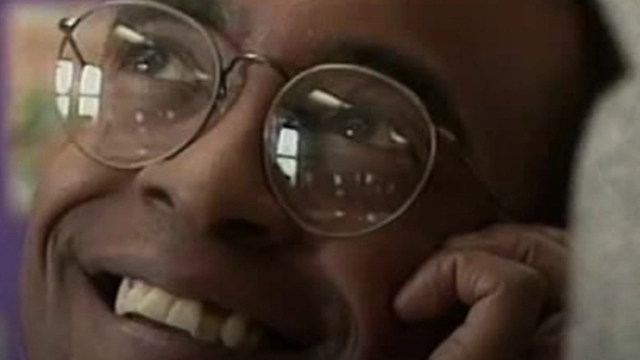
4. Engaging Narrative Structure: Crafting a compelling narrative structure is essential for holding viewers’ attention. The story is everything. Whether employing a chronological timeline, a character-driven approach, or a thematic exploration, the narrative should unfold in a way that keeps audiences held in suspense from start to finish.
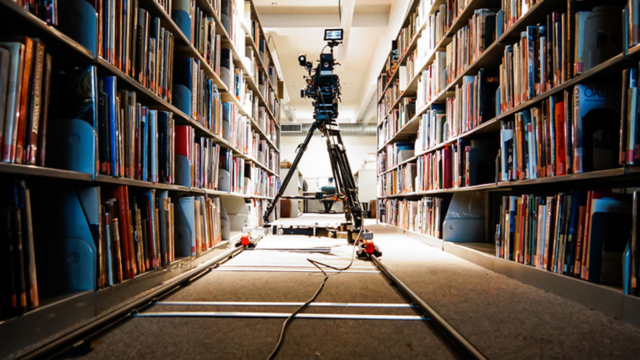
3. Thorough Research: Behind every informative documentary is thorough research. Documentarians delve deep into their subject matter, uncovering hidden layers and shedding light on untold stories. Rigorous research ensures accuracy and adds credibility to the narrative.

2. Compelling Subject Matter: A strong documentary begins with a captivating subject. Whether exploring societal issues, historical events, or personal stories, the topic should be inherently intriguing, provoking thought and stirring emotions.

1. Authenticity: At the heart of every good documentary lies authenticity. Authenticity in storytelling, in characters, and in the portrayal of real-life events. Viewers seek truthfulness and honesty, and are drawn to narratives that resonate with first-hand experiences.
In essence, a good documentary transcends mere entertainment, offering viewers a window into the complexities of the world we inhabit. By embracing authenticity, compelling storytelling, and a commitment to truth, documentarians illuminate the human experience and leave an indelible mark on the collective consciousness.
In service,


